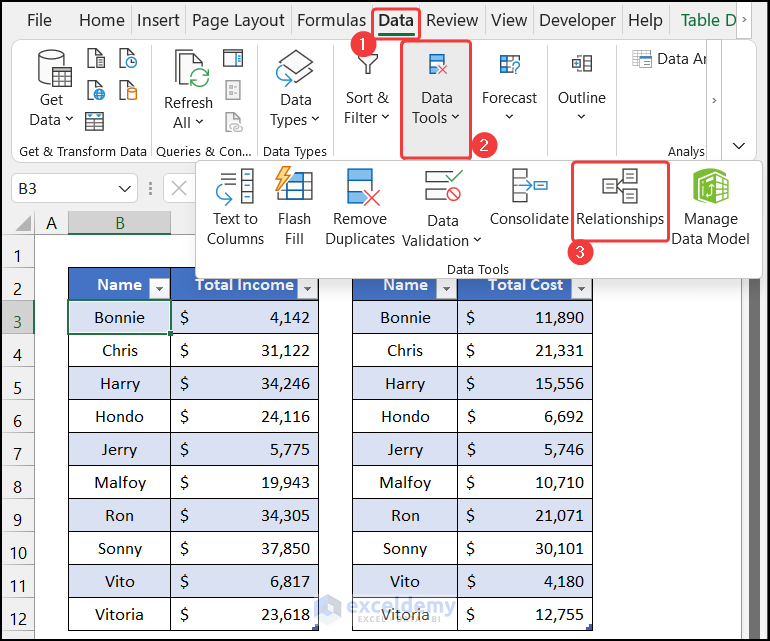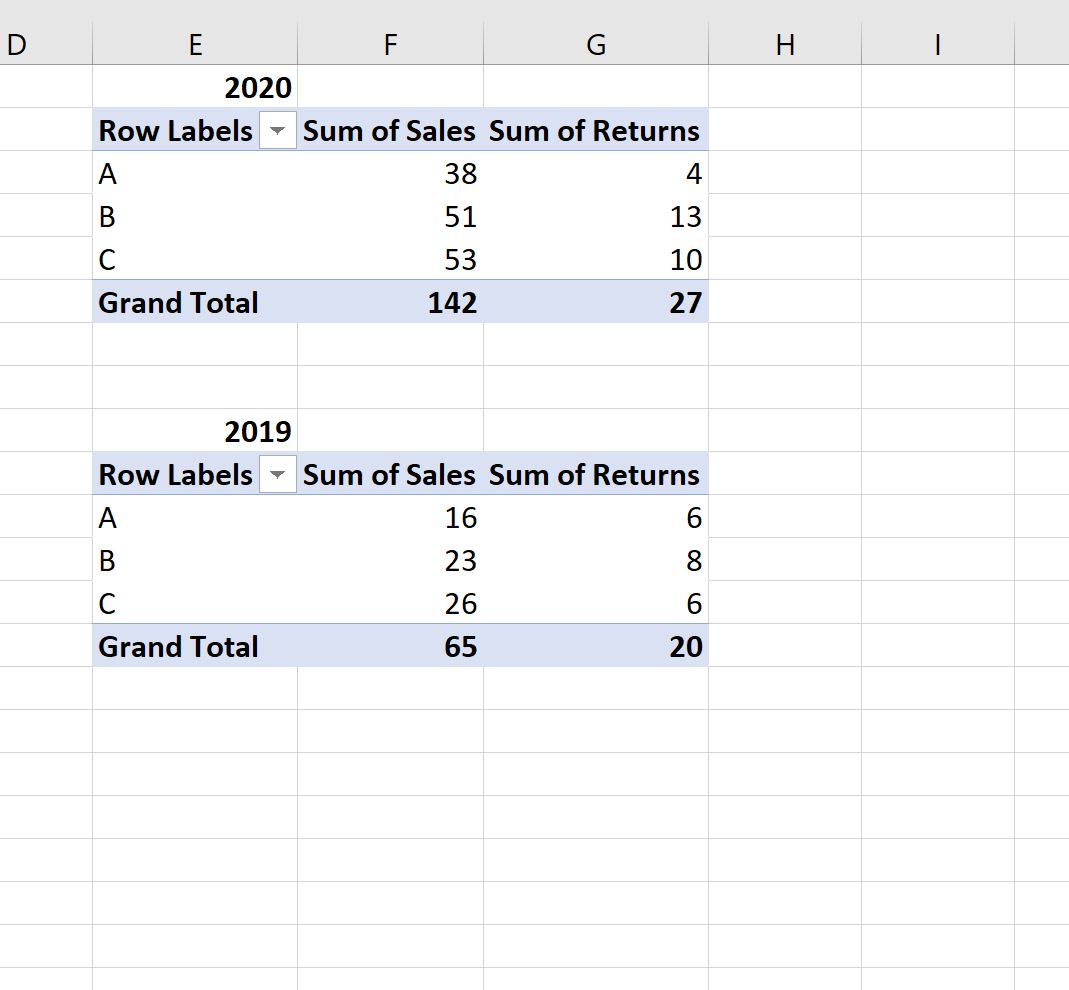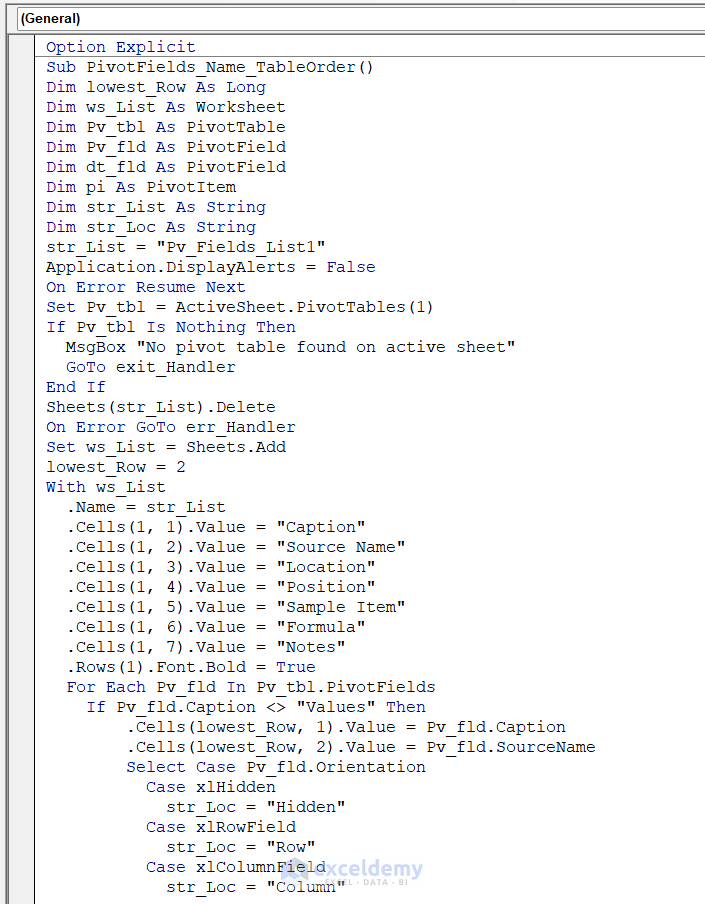3 Easy Ways to Merge Sheets in Excel Pivot Table

When dealing with large sets of data, Excel becomes an indispensable tool for many business professionals, analysts, and data enthusiasts. One of the most powerful features in Excel is the Pivot Table, which allows you to summarize, analyze, explore, and present your data dynamically. However, when your data is spread across multiple sheets, merging this data into a single Pivot Table can seem daunting. In this post, we'll explore three straightforward methods to merge sheets into a Pivot Table, enhancing your data management and analysis capabilities.
Understanding Pivot Tables in Excel

Before diving into the methods of merging sheets, let's quickly understand what Pivot Tables are:
- Dynamic Data Summarization: Pivot Tables provide the ability to rearrange data, summarize it, and display it in multiple ways without altering the original dataset.
- Analyze Data: You can filter, sort, count, sum, average, or perform other statistical operations on data fields.
- Flexible Reporting: Pivot Tables enable you to create custom reports, dynamically adapting to the data input or changes.
Method 1: Use Get & Transform (Power Query)

Excel's Get & Transform feature, also known as Power Query, provides a robust solution for merging data from multiple sheets:
- Start with Power Query: From the 'Data' tab, select 'Get Data' > 'From File' > 'From Workbook.'
- Select Sheets: After selecting your workbook, choose all the sheets you need to merge.
- Combine Queries: Use 'Append Queries' to merge the sheets. Power Query allows you to append one query after another.
- Create Pivot Table: Once your data is combined into one query, load it into Excel, and then create your Pivot Table.
⚠️ Note: Ensure that all the columns from different sheets have the same structure for seamless merging.
Method 2: Consolidate Data with PivotTable and PivotChart Wizard

Though less commonly used in newer Excel versions, the PivotTable and PivotChart Wizard can still be very handy:
- Invoke Wizard: Press Alt + D, then P to bring up the Wizard.
- Multiple Consolidation Ranges: Select the option to create a PivotTable by consolidating data from multiple ranges.
- Select Ranges: Navigate to each sheet, select the data range, and click 'Add' to include it in your pivot source.
- Build Pivot Table: Excel will merge the data, and you can proceed to build your Pivot Table from the consolidated range.
💡 Note: This method is particularly useful when your data isn't in a consistent format across sheets, but be prepared for some manual effort in data alignment.
Method 3: Manually Copy and Paste with Named Ranges

This method involves a bit more manual work but can be effective for smaller datasets or occasional use:
- Name Your Ranges: Go to each sheet, select your data, and under Formulas > Define Name, give each range a unique name.
- Consolidate Data: In a new sheet or workbook, use a formula like =A1:A10 (if 'A1:A10' is your named range) to copy data into a master sheet.
- Create Pivot Table: With all your data now in one place, you can easily create a Pivot Table from this consolidated data.
🌟 Note: While this method is manual, it allows for flexibility in data manipulation before creating the Pivot Table.
Additional Tips for Merging Sheets in Excel

- Data Consistency: Ensure your data is formatted similarly across all sheets to prevent issues when merging.
- Use Tables: Convert your data into Excel tables before merging to help with reference integrity and dynamic updates.
- Advanced Techniques: If your needs are more complex, consider using VBA (Visual Basic for Applications) for automated data merging.
In conclusion, merging sheets in Excel to create a Pivot Table can significantly enhance your data analysis capabilities. Whether you're working with simple datasets or complex, multi-sheet spreadsheets, these methods provide flexible solutions to consolidate and analyze your data effectively. Each approach has its strengths, from Power Query's automation to the manual precision of named ranges, allowing you to choose the best fit for your scenario.
What is the quickest way to merge multiple Excel sheets?

+
The quickest method often involves using the Power Query feature in Excel. This tool allows for automatic merging of multiple sheets into a single dataset, which can then be analyzed using a Pivot Table.
Can I merge sheets if they have different structures?

+
Yes, but it requires more manual work. You can use the PivotTable and PivotChart Wizard or manually copy and paste data, ensuring you align the structure before merging.
Do I need to know coding to merge sheets in Excel?

+
No, you don’t need to know coding. Excel provides tools like Power Query and the PivotTable Wizard that do not require programming knowledge. However, for advanced automation, knowledge of VBA can be beneficial.